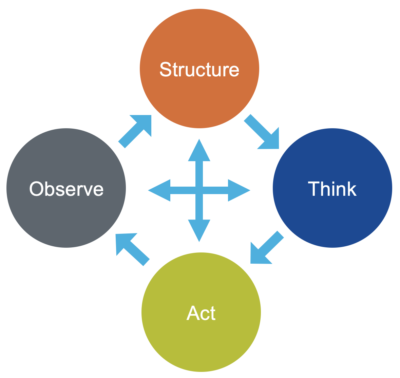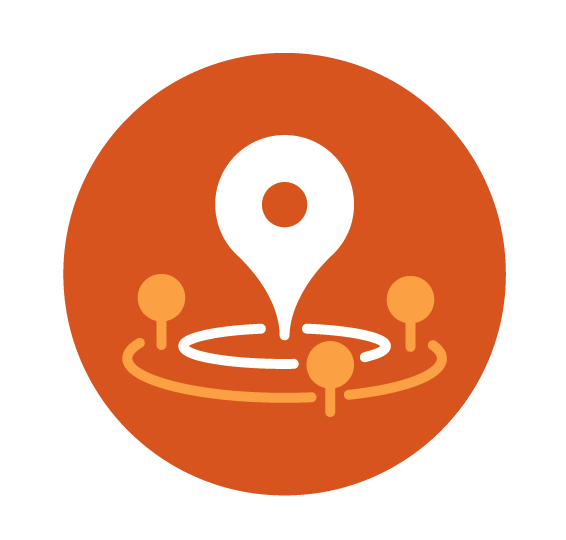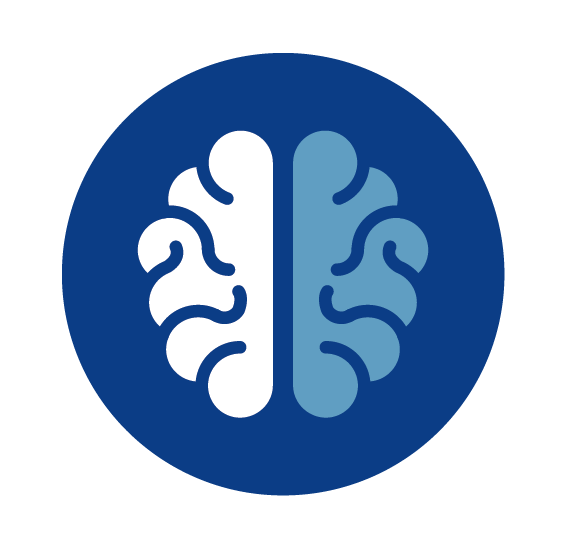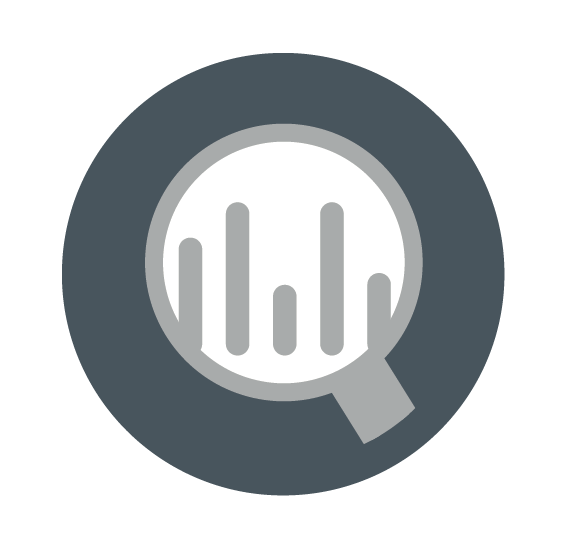A Four-Phase Approach

A common element in this process is systemic decision-making. Systemic decision-making involves several key elements.
Making choices.
Which issues are worth tackling? Should you put your efforts into improving job quality or sector strategies? Should you deploy limited resources to direct services or to advocacy? Should you prioritize employers or workers?
Connecting the dots.
These choices have consequences. For example, requiring certain credentials for employment could make it more difficult for individuals to access particular jobs. Likewise, entering into a new partnership with the local chamber of commerce may harm an existing relationship with a local union. Greater investments in job quality may require reduced resources in sector strategies, and so on.
Seeing relationships.
Systemic decision-making requires first that you understand the components of a given system and how stakeholders relate to and affect that system.
To guide a systemic decision-making process, use the toolbox’s four-phase structure-think-act-observe approach (Figure 1).
As you move through the phases, learn why each is important, and find real-world examples of the phases in action within the National Fund’s network. At each phase, access links to applicable resources, tools, and more information.
The Four-Phase Approach
Adopt the four-phase structure-think-act-observe approach as you seek to solve problems at the systems level and to facilitate systems thinking no matter where you are along the systems change continuum. The four phases are as follows:
|
|
Structure PhaseDetermine the exact problem and whether it makes sense to address it. |
|
|
Think PhaseLearn how the problem functions systemically and brainstorm ways to influence it. |
|
|
Act PhaseIncorporate ways of influencing the problem, focusing on strategy development. |
|
|
Observe PhaseExamine how a problem is unfolding in a changing environment. If you are here later in the process, conduct a formal evaluation of a completed action to gather lessons learned. |






